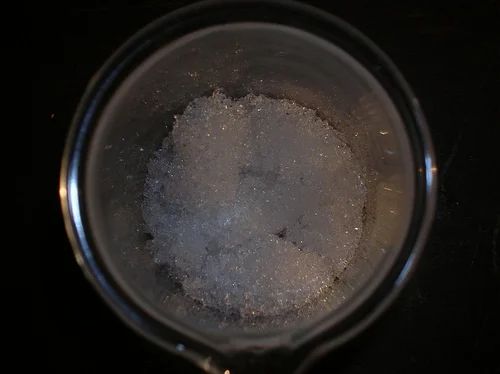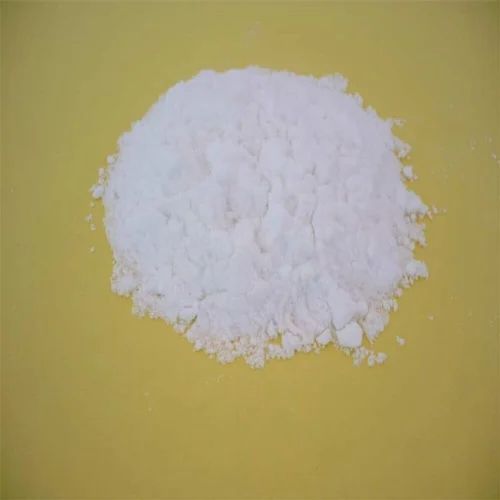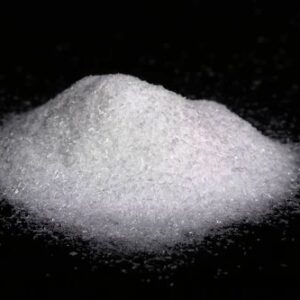Ammonium Acetate Crystals: A Comprehensive Guide
Introduction to Ammonium Acetate Crystals
Ammonium acetate crystals are versatile chemicals that play a crucial role in various industrial and laboratory applications. Composed of ammonium (NH4+) and acetate (CH3COO−) ions, these crystals are typically white and odorless, making them suitable for a wide range of uses, from food production to pharmaceuticals.
Chemical Properties
Composition
Ammonium acetate is a salt formed from the neutralization of acetic acid with ammonia. Its molecular formula is C2H7NO2, and it has a molar mass of 77.09 g/mol. The crystals are highly soluble in water, which makes them valuable in many aqueous applications.
Physical Characteristics
- Appearance: White crystalline solid
- Melting Point: Approximately 114 °C (237 °F)
- Solubility: Highly soluble in water and soluble in alcohol
These properties make ammonium acetate crystals an ideal choice for many applications, especially where solubility is critical.
Applications of Ammonium Acetate Crystals
1. Laboratory Use
In laboratories, ammonium acetate is often used as a buffer solution. It helps maintain the pH levels in biological and chemical experiments, which is essential for accurate results. Its buffering capability is particularly valuable in biochemical assays and molecular biology techniques.
2. Pharmaceuticals
Ammonium acetate crystals are used in the pharmaceutical industry for various purposes, including drug formulation and stabilization. It acts as a pH adjuster and is often found in intravenous solutions to maintain electrolyte balance in patients.
3. Food Industry
In the food industry, ammonium acetate is recognized as a food additive (E262) and is used as a preservative and flavoring agent. It helps enhance the taste of certain products, particularly in processed foods. Its safety for human consumption has been established by regulatory agencies, making it a popular choice among food manufacturers.
4. Textile Industry
Ammonium acetate is also utilized in the textile industry, particularly in dyeing processes. It helps fix dyes onto fabrics, enhancing color retention and vibrancy. The compound’s ability to adjust pH levels is crucial in achieving consistent dyeing results.
5. Agriculture
In agriculture, ammonium acetate crystals are sometimes used in fertilizers. They provide essential nitrogen and can improve soil health, promoting better plant growth.
Advantages of Using Ammonium Acetate Crystals
1. Versatility
One of the primary benefits of ammonium acetate is its versatility. It can be used in various fields, including chemistry, biology, food science, and agriculture, making it an essential compound in multiple industries.
2. Efficiency
Ammonium acetate crystals provide an efficient way to regulate pH levels. In laboratory and industrial settings, maintaining specific pH levels is critical for optimal reactions and processes, and ammonium acetate serves this purpose effectively.
3. Safety
As a food additive, ammonium acetate has been deemed safe for human consumption. This safety profile extends to its use in pharmaceuticals and other applications, making it a reliable choice for manufacturers.
4. Cost-Effectiveness
Compared to other chemical alternatives, ammonium acetate is relatively inexpensive. Its wide range of applications means that industries can benefit from its properties without incurring high costs.
How to Use Ammonium Acetate Crystals
1. Preparation of Buffer Solutions
To prepare a buffer solution using ammonium acetate, follow these steps:
- Calculate the Required Concentration: Determine the desired concentration of the buffer solution based on your experimental needs.
- Dissolve: Weigh the appropriate amount of ammonium acetate crystals and dissolve them in distilled water.
- Adjust pH: Use a pH meter to measure the solution’s pH. If necessary, adjust the pH by adding small amounts of acetic acid or sodium hydroxide.
- Store: Store the buffer solution in a clean, labeled container.
2. In Pharmaceutical Formulations
When using ammonium acetate in pharmaceutical formulations:
- Ensure Purity: Use high-purity ammonium acetate to avoid contaminants that could affect drug efficacy.
- Follow Formulation Guidelines: Adhere to established guidelines for drug formulation to ensure safety and effectiveness.
- Consult Regulatory Standards: Be aware of and comply with local regulations regarding the use of ammonium acetate in pharmaceuticals.
Safety Precautions
While ammonium acetate is generally considered safe, certain precautions should be taken:
- Handling: Use gloves and goggles when handling crystals to avoid irritation.
- Storage: Store in a cool, dry place away from incompatible substances.
- Disposal: Follow local regulations for the disposal of ammonium acetate to minimize environmental impact.
Conclusion
Ammonium acetate crystals are a vital component in numerous industries due to their versatility, efficiency, and safety. Whether used in laboratories, pharmaceuticals, food production, textiles, or agriculture, ammonium acetate continues to demonstrate its importance as a reliable chemical compound. By understanding its properties and applications, industries can leverage its benefits to improve processes and outcomes.
If you’re looking to purchase high-quality ammonium acetate crystals, consider reputable suppliers that provide detailed product specifications and safety data sheets to ensure you receive the best product for your needs.





Reviews
There are no reviews yet.